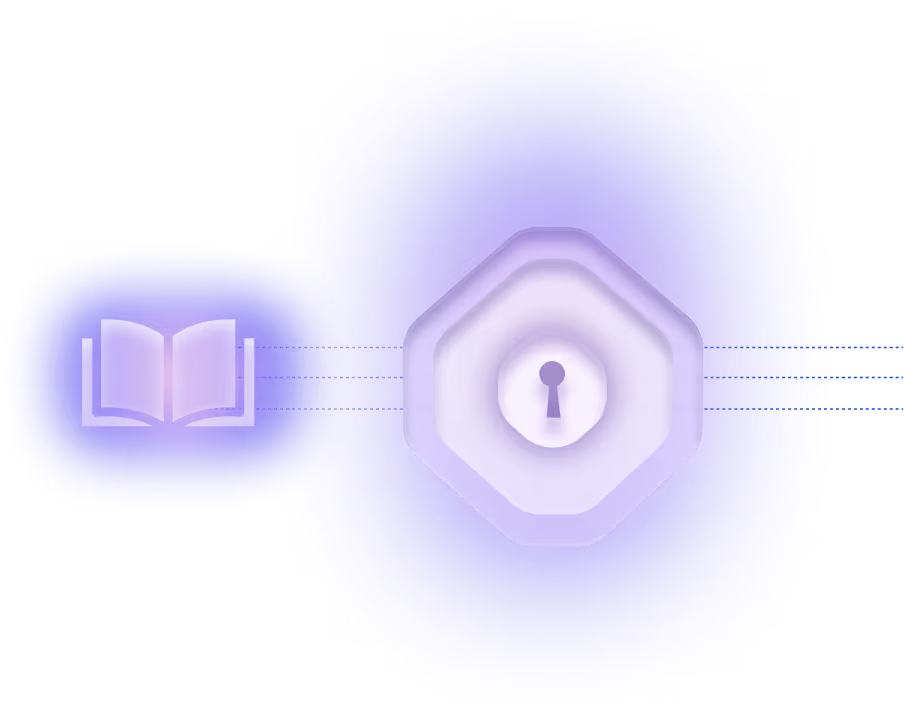Workload IGA (Identity Governance and Administration)

What is Workload IGA?
Workload Identity Governance and Administration (Workload IGA) is an advanced cybersecurity discipline that extends traditional IGA principles—such as provisioning, access certification, and policy enforcement—to non-human identities (NHIs) operating in cloud-native, hybrid, and distributed environments. These NHIs include service accounts, API tokens, CI/CD pipeline identities, and machine credentials—entities that now vastly outnumber human users in modern enterprise infrastructures. Unlike conventional IGA systems designed for static human users, Workload IGA is built to govern the dynamic, ephemeral, and automated nature of machine-based access.
Why is it important?
As organizations accelerate digital transformation, the security perimeter has shifted from user-centric access to workload-driven automation. NHIs frequently operate without human oversight, often with excessive permissions or hardcoded secrets that are difficult to monitor. Workload IGA addresses these risks by enforcing least privilege, automating the credential lifecycle, and continuously monitoring NHI behavior. Failure to implement proper governance for NHIs exposes enterprises to credential sprawl, privilege escalation, and compliance violations—risks that traditional IGA solutions are not equipped to handle.
What are common applications or use cases?
In practice, Workload IGA is used to enforce just-in-time access for CI/CD workloads, automatically rotate API keys based on detected anomalies, and revoke unused or orphaned service accounts. For example, a workload identity used in a Kubernetes cluster may be automatically deprovisioned if it becomes inactive, or denied elevated privileges if its behavior deviates from established norms. Workload IGA systems also scan infrastructure-as-code (IaC) templates to block deployment of NHIs with overly broad permissions—such as an AWS Lambda function with administrator access.
What is the connection to NHIs (Non-Human Identities)?
Workload IGA is purpose-built to secure NHIs, which are inherently different from human users. It constructs real-time identity graphs to map NHI relationships, applies policy-as-code for automated enforcement, and integrates with runtime systems to authorize access based on contextual risk. This machine-centric governance model is critical for securing the growing volume of NHIs that interact with sensitive data and infrastructure across cloud platforms.
Are there any notable industry data, trends, or standards?
Industry data shows that NHIs are growing at a rate of 83% year-over-year and often outnumber human identities by more than 10 to 1. Regulatory frameworks such as NIST 800-53, NYDFS 500, and GDPR now require visibility and control over all digital identities—including workloads. Additionally, emerging technologies such as confidential computing and post-quantum cryptography are being integrated into Workload IGA platforms to future-proof NHI security against advanced threats.
What is the broader impact or takeaway?
Workload IGA is a foundational component of modern identity security architecture. It enables organizations to adopt zero trust principles for machine identities, reduce breach risk from compromised credentials, and maintain compliance without slowing down development. As enterprises continue to scale their cloud operations, Workload IGA will be essential for unifying security, identity, and DevOps practices around the governance of non-human access.





